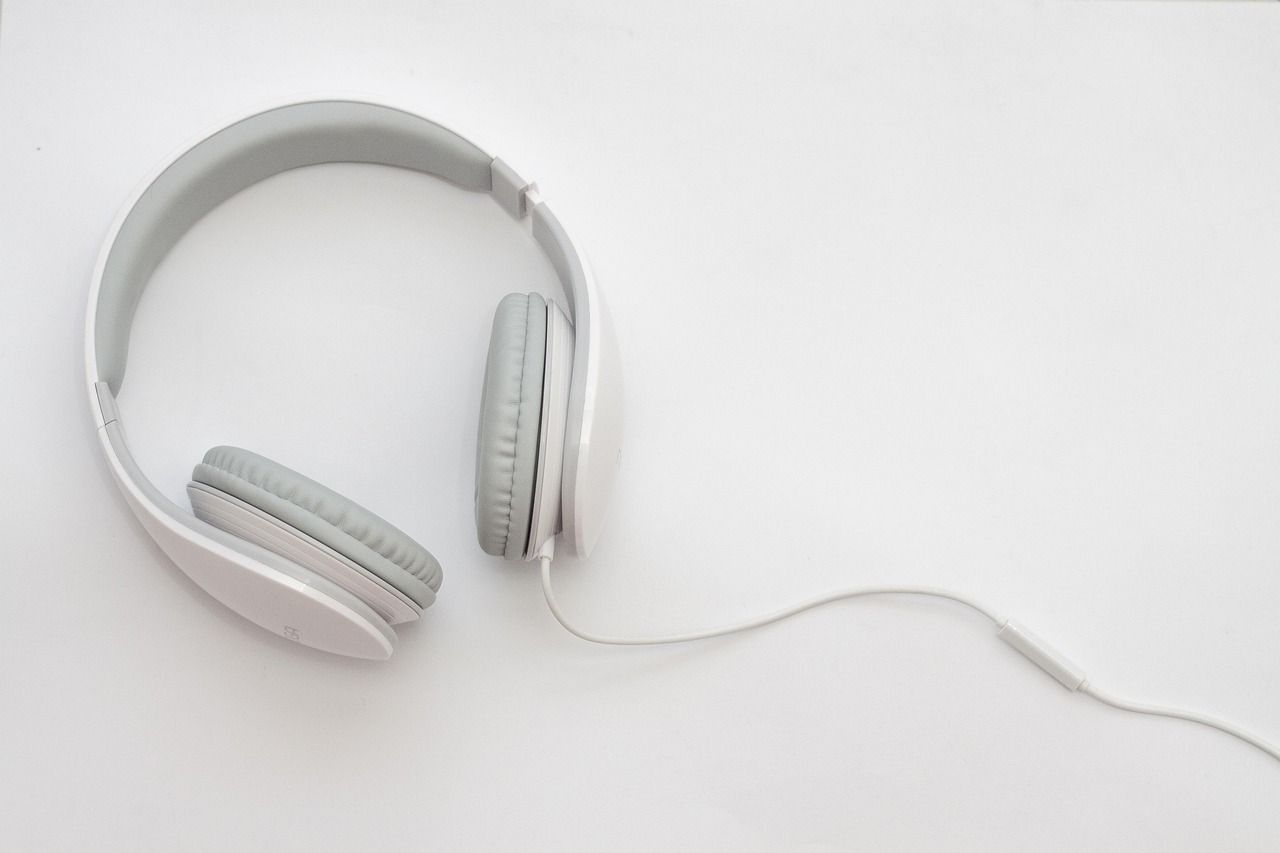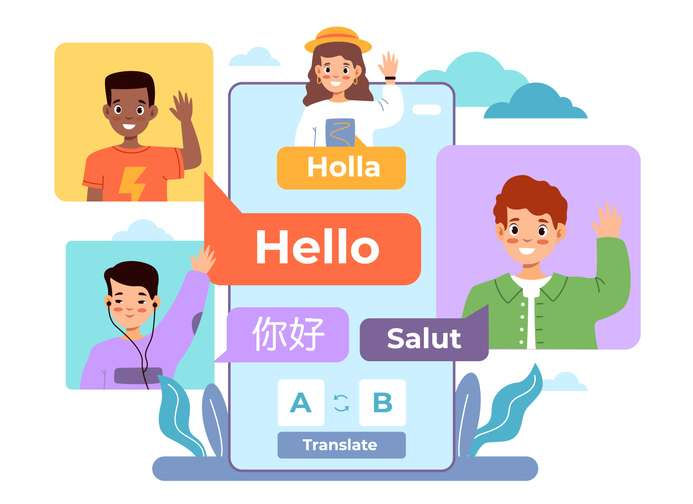Can Music Help You Learn a New Language Faster?
Music is a powerful tool that engages both the emotional and cognitive parts of the brain.
08-07-2025Passive learning doesn’t replace active study, but it’s a powerful complement.
Learning a second language requires consistent practice and exposure; formal class sessions may not provide enough opportunities for learners to develop their skills. Even if it does, do you stop learning the language the moment your class session ends? If you don’t intend to write your Economics exams only with the knowledge gained in the classroom, how then do you hope to do that with your language acquisition? Hence, Passive learning, where learners absorb information without actively engaging with it, can be an effective way to supplement formal language instruction. Some of the most powerful and lasting language acquisition happens passively, when you’re not actively sitting down to study, but simply exposing yourself to the language in natural, everyday situations. Here are some strategies for passive language learning outside formal class sessions:
One of the most effective and enjoyable ways to passively learn a language is through media: • Watch movies and TV shows in the target language (with or without subtitles). • Listen to music, podcasts, or radio stations daily, even if you don’t understand everything, your brain is soaking up the rhythm, accent, and vocabulary. • Follow YouTube channels or TikTok creators who speak the language, especially those focused on culture, food, fashion, or storytelling. This constant exposure helps you become more familiar with how the language sounds in real conversations, not just textbook examples.
Switch your phone, computer, or tablet to your target language. This small change forces your brain to interact with the language in micro-moments every day, checking the time, reading notifications, and using apps. It’s like turning your tech into a language lab.
Label common items in your house using sticky notes: door (la puerta), mirror (le miroir), spoon (der Löffel), depending on the language you're learning. Seeing those words daily builds automatic associations between the object and its name, without effort.
Follow native speakers, influencers, brands, and news outlets that post in the target language. Reading short, everyday captions and comments helps you pick up informal expressions, slang, and cultural references. Even scrolling can become study time, without you noticing.
Play the language in the background as you cook, clean, or commute. Your subconscious will still catch patterns, sounds, and sentence structures, helping you develop a natural ear for the language. This is especially helpful for improving pronunciation and listening comprehension, which often require long-term exposure.
Train your mind to “narrate” your day in the language: “I am going to the market,” “This food tastes good,” or “It’s raining again.” Start simple, even a few words or short sentences count. It helps solidify grammar and vocabulary mentally without needing to write or speak out loud.
You can’t want to be serious. Choose books, comics, or magazines written in the language, but don’t worry about understanding every word. The goal is exposure, not perfection. Reading simple, enjoyable materials builds vocabulary and sentence familiarity without pressure.
Make a habit of connecting certain tasks to language exposure. For example: • Morning routine = 10 mins of a podcast • Commuting = language playlist • Washing dishes = foreign radio
If possible, hang out with people who speak the language or are learning it too. Language clubs, online communities, or cultural events are great for getting exposure in a low-stress way. Even if you don’t talk much, listening to others speak can still enhance your skills passively.
Passive learning doesn’t replace active study, but it’s a powerful complement. It turns your environment into a learning playground, and your time outside the classroom into an ongoing opportunity for progress. Over time, the passive becomes automatic, and your brain starts to “feel” the language without you trying.
So, next time you’re walking, scrolling, or cleaning, let the language tag along. You might be learning more than you think.
Spread the Knowledge! 🚀
Found this article useful? Click the Share button below and let others benefit too!

Music is a powerful tool that engages both the emotional and cognitive parts of the brain.
08-07-2025
Helping your child learn a second language is possible even if you don’t speak it. Discover key strategies to create a supportive language-learning environment, encourage interactions, and use technology effectively.
18-02-2025
Discover hilarious French words and phrases that will make learning French more enjoyable, and use them to enhance your conversational skills.
08-04-2025